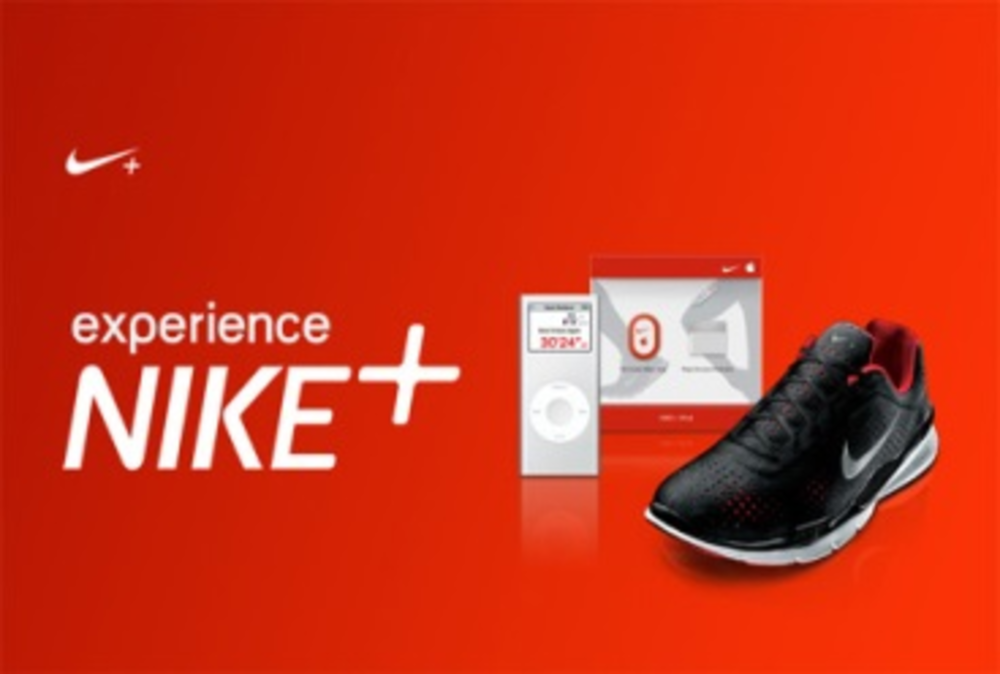Recently I had an intriguing experience while preparing to launch a new consumer-facing website for a global credit card brand.
Just a handful of weeks before the site was to go live, our marketing clients came to us looking for guidance: What did we think about this new mobile app that product development was planning to launch soon? As it turned out, the vast majority of what product development’s new app did closely matched the features of our new marketing website—and while we debated how to address the situation logistically, my understanding of an important convergence became clearer. Of course the product and marketing folks need to be in better communication and alignment, but the silos that exist in big company departments is not what’s interesting here.
What’s most interesting is that product development and marketing are converging, and have been on a collision course for over a decade. But why is this convergence happening, and what should we as marketers do about it?
Back in 2005 when Nike was preparing to launch Nike+—a collaboration with Apple and its iPod line—Nike looked to digital agency partner R/GA for an innovative way to market its groundbreaking product. R/GA looked at the landscape and saw this as an opportunity to enhance the product itself. The result is the stuff of digital marketing legend—Nike+ was born as an extension to Nike’s running shoes that integrated with specially created software for the iPod that captured data emitted by the shoe and visualized it for the runner, which was then elevated via a socially-connected website into a highly-engaging, gamified interactive experience focused on the motivation to push oneself further and harder. All this was happening while Facebook was in its infancy and just a few weeks after Twitter was born.
Nike+ might have done well even without the social aspects, but it’s hard to deny that the ability to share runs and challenge friends had a huge impact on the product’s success. In fact, Nike’s share of the U.S. running shoe market increased from 47% in 2006 (when Nike+ was launched) to 61% in 2009. The remarkable thing is that this was born of a marketing effort. It turned out that transforming a running shoe product into a social competitive platform inherently generated incredible word-of-mouth, debatably the most effective marketing tool there is.
Fast forward a few years, and it’s plain to see that the products that are becoming disruptively successful are ones that are intelligently integrated with the digital ecosystems we inhabit. It’s not only the leading fitness trackers (for example, Jawbone Up and FitBit) that are deeply integrated into our lives via smartphone apps and social network integration. We’re now choosing banks (Simple), payment mechanisms (Starbucks, Square Wallet), taxi companies (Uber), lodging services (Airbnb), and many other types of products because they are differentiated by the ease with which we can use them in the context of the existing digital social ecosystems we already inhabit.
While all these capabilities are not marketing per se, they are being smartly integrated with social networks such that users can easily (either passively or actively) share their actions with their friends/followers—as well as being designed such that their value to the user increases the more friends they invite to use the service. In both cases, WOM is being generated seamlessly as the service is used.
In a world where you’re more likely to survive a plane crash than click on a banner ad, it’s clear that the traditional approach of interrupting our target no longer works. Even when interruptive ads are novel and clever, consumers will quickly figure out how to tune them out, or migrate to a competitor that doesn’t serve them. Native advertising and content marketing can work for certain brands—as long as the content is actually valuable and aligned with the brand.
But for maximum effect, consider how to make the product market itself, by building WOM-enhancing mechanisms into the way the product is naturally used. This is what R/GA’s creative technologists did with Nike+, and it’s what will make future products disruptively—and thus wildly—successful.
Neil Redding is senior creative technologist with Proximity/BBDO in New York.








